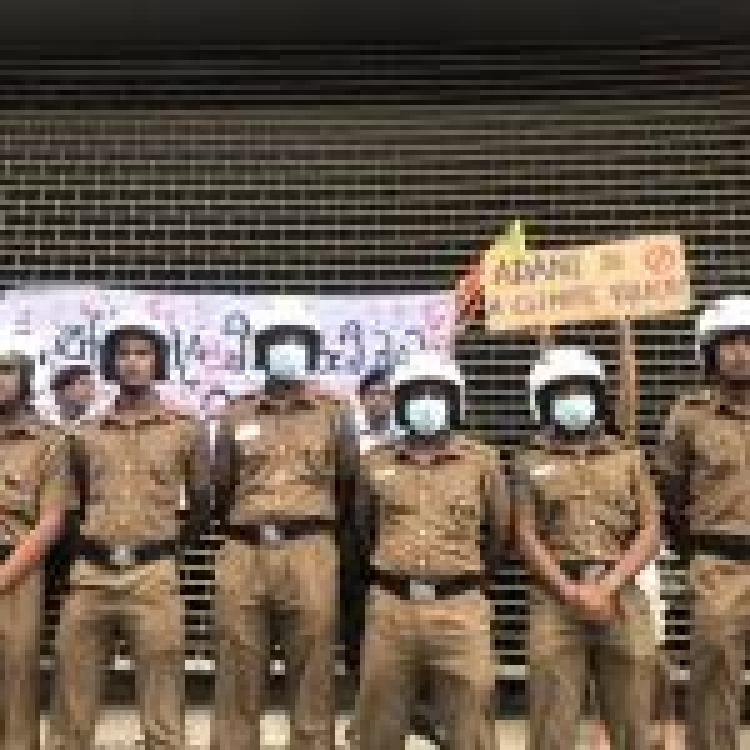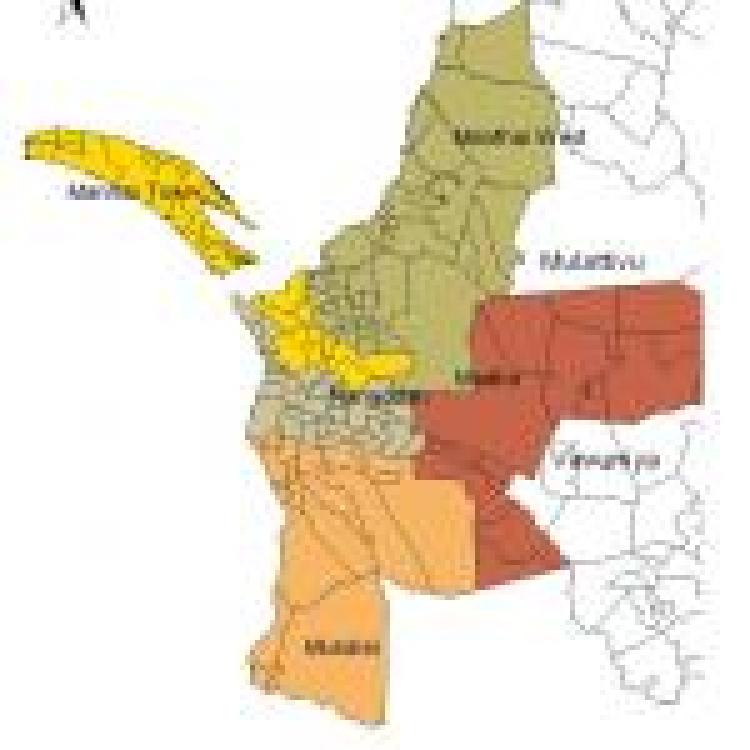
Sri Lanks's board of investment approved the construction of two wind power plants by India's Adani Green Energy to be developed in the Mannar and Ponneryn area of the North.
The USD $ 442 million investment will allow the construction of two wind power plants of 350 MW capacity which would be added to the national grid by 2025. The project in Mannar will operate at a total capacity of 250 MW and the project in Pooneryn will operate at a capacity of 100 MW and will both be commissioned in two years, according to the Board of Investment (BOI) Sri Lanka.
The BOI approval of the wind project comes following recent allegations that the Adani group have been involved in stock manipulation, which led to the conglomerate losing an estimated USD $125 billion in market value across its seven listed companies.
Sri Lankans have been struggling with rolling power cuts for over a year as the country struggled to generate sufficient amounts of thermal and coal power, which has pushed the government to fast-track renewable energy projects.
The island nation hiked power prices by a hefty 66% last week, part of efforts to nail down a $2.9 billion bailout from the International Monetary Fund (IMF), as it struggles to find a way out of its worst financial crisis in more than seven decades.
The announcement of the investment follows from both countries' intention to link their power grids. Sri Lanka and India will sign a pact to link their grids and start negotiations on an upgraded trade agreement within two months, a Sri Lankan diplomat said earlier this month.
Sri Lanka's economic recovery plan rests on developing its renewable energy resources in the island's north, from where power can be transported into southern India through a cross-border transmission cable.
The North-East of the island remains heavily militarised which has stifled investment into the region. Cargo links which were touted to begin in February between South India and North-East have not commenced despite promises made by the government.



